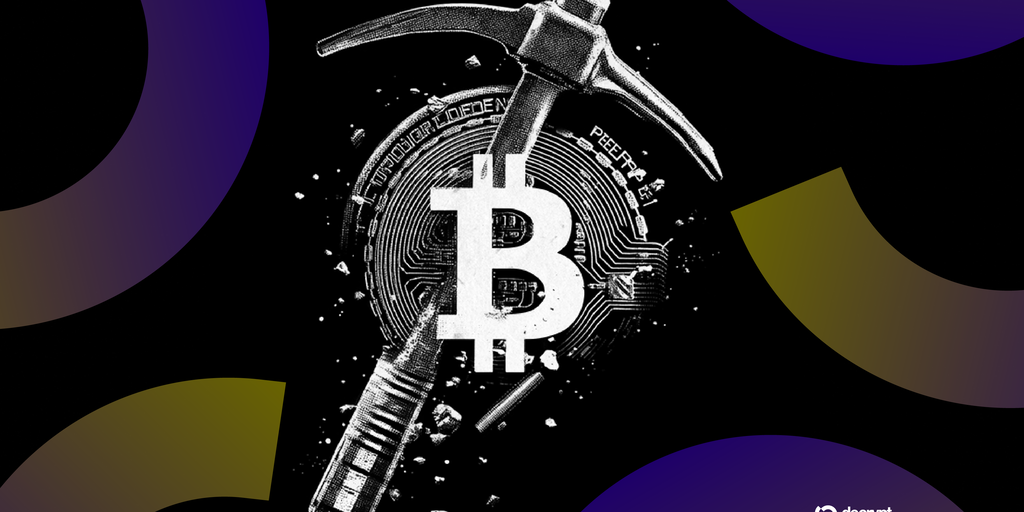
The Bitcoin mining industry has always been a dynamic and challenging field, but as we approach 2026, miners are grappling with new and unprecedented obstacles. These challenges, ranging from energy competition and software vulnerabilities to hosting agreements, are set to shape the future of Bitcoin’s mining ecosystem.
Shifting Focus: Beyond Halvings and Hardware
Matthew Case, an independent analyst tracking mining economics, emphasizes that the commonly discussed factors—such as halving events and hardware innovations—might only be the tip of the iceberg. In a recent analysis, Case noted how Bitcoin miners are now vulnerable to shifts in power contracts, firmware, and hosting disputes. These structural risks are increasingly threatening to redefine who controls Bitcoin’s hash rate and which firms can withstand emerging competition.
Rising Energy Competition
Since Bitcoin’s inception in 2009, miners have relied on cheap electricity—often paying less than $0.03 per kilowatt hour. However, the rapid demand for power from artificial intelligence (AI) data centers is intensifying competition. The U.S. Energy Information Administration projects a significant rise in wholesale electricity prices to $51 per megawatt hour by 2026, an 8.5% increase compared to current levels. This situation forces miners to explore more remote facilities, such as regions with stranded generation or renewable energy surplus.
Jesse Colzani from BlocksBridge, a mining research and consulting firm, explains that Bitcoin miners remain strong competitors in such energy markets. Miners utilize otherwise unusable power sources, stabilize renewable grids, and even operate in areas unappealing to AI infrastructures, giving them unique leverage.
Concentration in Mining Pools
Another significant issue is the concentration of mining pools. A 2025 analysis revealed that six major pools account for over 95% of Bitcoin blocks. While this structure doesn’t necessarily harm Bitcoin’s resistance against censorship, it poses a risk if these pools collaborate or if external pressures—like regulatory oversight—are applied to pool operators.
Additionally, pool software and contracts play a critical role in mining outcomes. These mechanisms, along with firmware and payout systems, could redirect hash rates without altering Bitcoin’s core code. Regulatory bodies or business partners may leverage these layers to influence payout terms, enforce compliance measures, or even implement template censorship.
Adapting to an Evolving Landscape
Despite these looming challenges, analysts like Colzani remain optimistic. Bitcoin miners have repeatedly demonstrated adaptability in the face of adversity. Hash rates have reached record highs even under difficult conditions, showcasing miners’ resilience to navigate lower subsidies, fluctuating energy costs, and operational challenges.
Colzani added that flexible partnerships with energy providers, behind-the-meter access to power, and innovative contract agreements allow miners to remain competitive against AI and other industries vying for power resources. For instance, products like the Antminer S19j Pro mining rig by Bitmain, known for its efficiency and power savings, can significantly enhance a miner’s profitability in these competitive times.
The Road Ahead
As Bitcoin inches closer to a volatile 2026, the industry must tackle critical challenges related to power pricing, hosting access, and regulatory oversight. Yet, these pressures also present opportunities for miners to innovate, collaborate, and secure their share of the rapidly evolving crypto ecosystem.
For anyone in the mining sector or those considering entering, having a robust strategy around energy partnerships, firmware management, and market adaptability will prove essential for sustainability and success.



